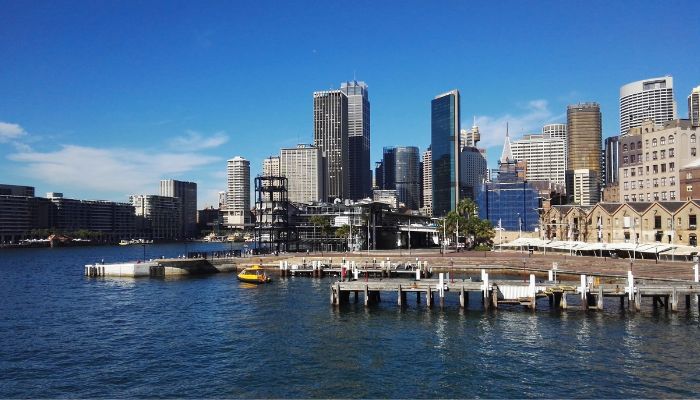
Interesting property trends emerged from the Census data released in June this year — one is the ongoing decline in the share of Australians living in the city.
According to the latest Census, which was conducted in August last year, here are some key property trends among Australians:
1. Relocation surging among city dwellers
Data show that around 67% of Australians are living in one of the capital cities.
McGrath Real Estate CEO John McGrath said this number is likely to fall further in the next Census, given the massive relocation to the regions over the past few months.
“I think this will be an ongoing trend — we’ve had an affordability issue in the major cities for a while now, and the prevalence of working from home has prompted many Millennials to leave the big cities and enjoy a better lifestyle on a lower mortgage in the regions,” he said.
For many young parents, the prospect of being able to afford a house to give their children the space they need with a big backyard and separate bedrooms is a crucial factor.
“This is much more appealing than apartment living for Millennials, especially those who want to keep growing their families,” Mr McGrath said.
“Apartment living is all many young families can afford in the big capital cities, but in the regions they can buy the forever home immediately.”
2. Millennials and Baby Boomers are likely changing properties
The number of Millennials aged 25 to 39 in the property market are now equal to Baby Boomers, with 5.4 million in each cohort.
“The impact on the property market is that both groups are at an age where they are likely to trade properties,” Mr McGrath said.
“Millennials with or intending to have children typically trade up to houses while Baby Boomers typically downsize to smaller houses or more commonly, townhouses or apartments.”
3. Sea and tree-change trends are not the “holy grail” anymore for Baby Boomers
Mr McGrath said the long tradition of retiring to the coast is becoming a thing of the past among Baby Boomers.
“We see a lot of downsizers in Sydney and Melbourne buying large apartments in the CBD or surrounding inner city areas — they’re choosing a lifestyle of great restaurants, culture and entertainment at their doorstep while remaining available to look after their grandchildren,” he said.
In fact, 13% of Baby Boomers are still “actively involved” in the care of their grandchildren.
“This is a huge help to couples in full-time work who need that income to afford their mortgages, it’s unsurprising that these two groups want to live close by,” Mr McGrath said.
4. Canberra becomes a hotspot
While New South Wales, Victoria, and their capital cities continue to be the busiest in terms of people movement, it is interesting that the ACT had the fastest population growth since 2016 at 14.4%.
In fact, almost 60,000 people have migrated to Canberra over the five years to 2021.
“To outsiders, Canberra is known as a government town with lots of national museums, but there’s a lot of development going on these days, creating a new, contemporary vibe as the city becomes more sophisticated with buzzy energy akin to Washington DC,” Mr McGrath said.
5. Apartment living will continue to rise
The pandemic kickstarted the work-from-home trend, which encouraged many households to seek established homes for more living space.
While many households would likely shy away from buying apartments, the Census data shows that apartment living remains popular for certain demographics.
In fact, between 2016 to 2021, there was an 11.9% bump in the number of households living in apartments. This growth was higher than the 10.8% increase in those living in townhouses and 11.1% boost in families living in houses.
“Couples without children and people living alone tend not to want, need, or have the budget for houses. We have a high percentage of both groups, so the rising trend in apartment living is here to stay, in my view,” Mr McGrath said.
—
Photo by @elaine8493 on Pixabay.